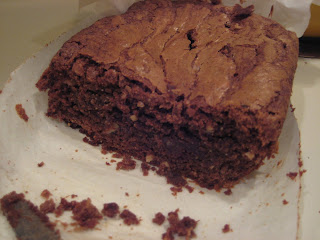
As mentioned here, I was thrilled to acquired some buckets of fermenting black walnut (Juglans nigra) hulls.
I finally got around to dyeing some wool with the liquid, here's a little "how to" and my results:
-Ferment walnut hulls in water 1 week
-strain liquid through finely woven cloth bag to remove grit (very hard to get it out of the yarn later....)
-Add fiber (I used an alpaca lace weight and Icelandic Lopi as well as a few squares of cotton cloth for shibori). I didn't use a mordant, black walnut has enough tannins to act as a mordant.
-Heat slowly and keep warm/simmer about 20 min.
-Let fiber soak in dye 2 days.
-Rinse and dry. Each fiber took slightly different shades of brown.
I read that iron mordant will give a dark brown/black color. After I was finished with unmordanted dyeing, I dissolved iron mordant (you could use nails, pieces of iron, etc) in hot water and added it to the dye bath. I then soaked the fiber, photos coming soon....
The potency, abundance, ease of dyeing, and especially the shades of orange-browns and black-browns make me think Black Walnut would be ideal for
batik tree skirts. I
wish I had the time to sew up a bunch of
linen skirts, wax and dye them using my extra two buckets of ready to go dye.....alas.
At least Black Walnut is easy to find and could be a predictable Fall dye for next year's projects :)



















































